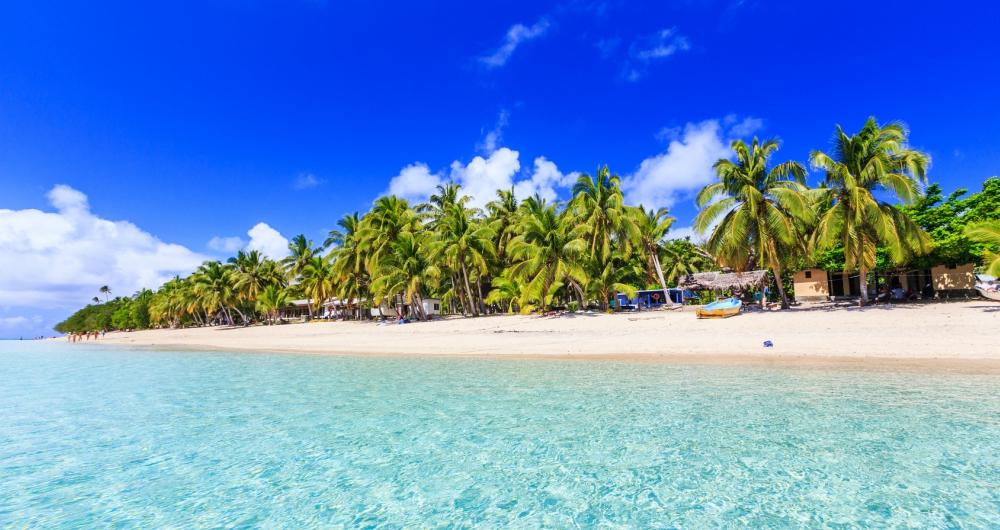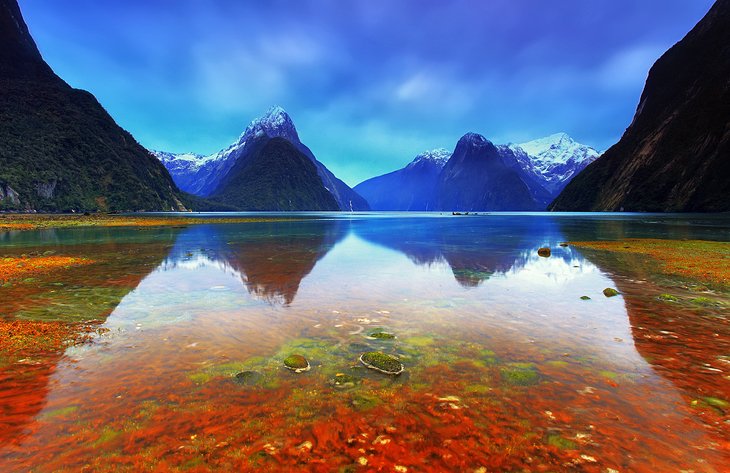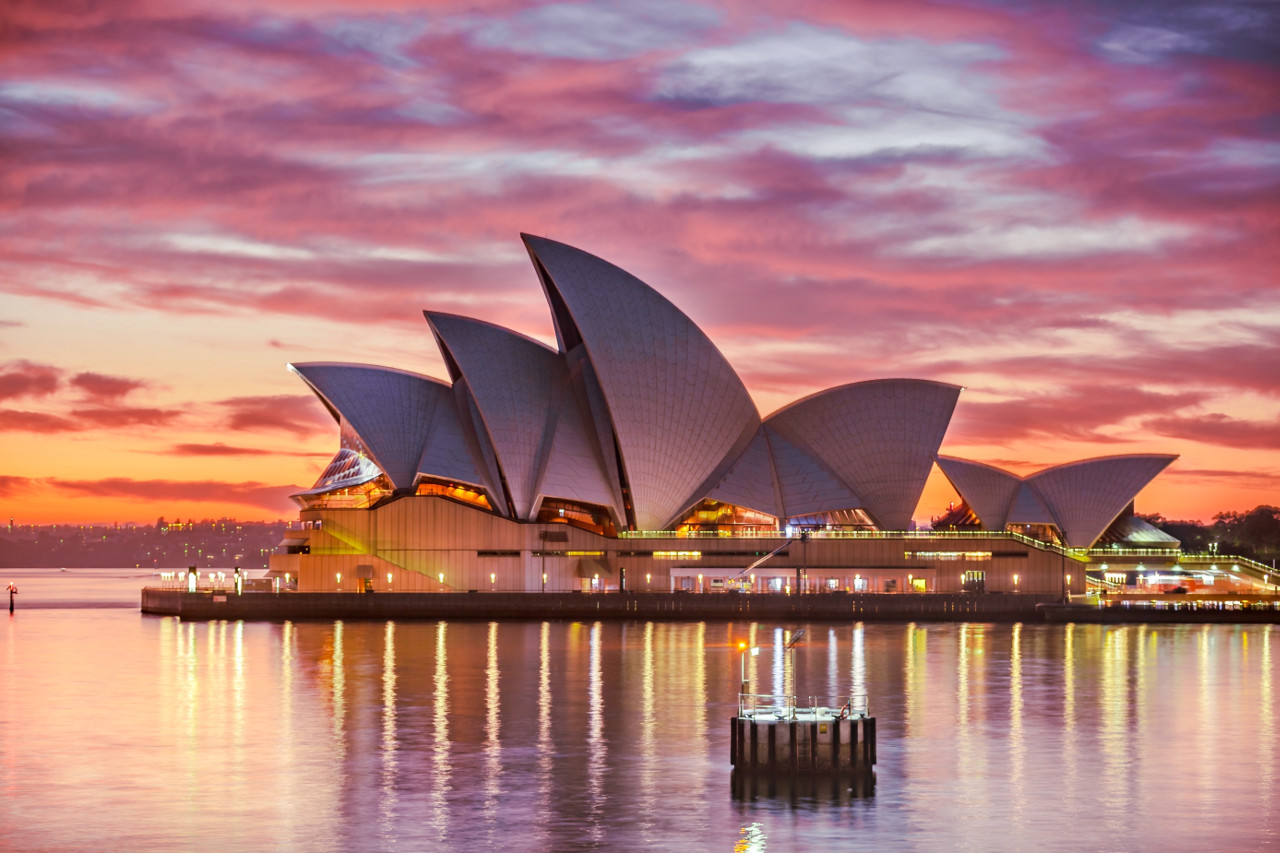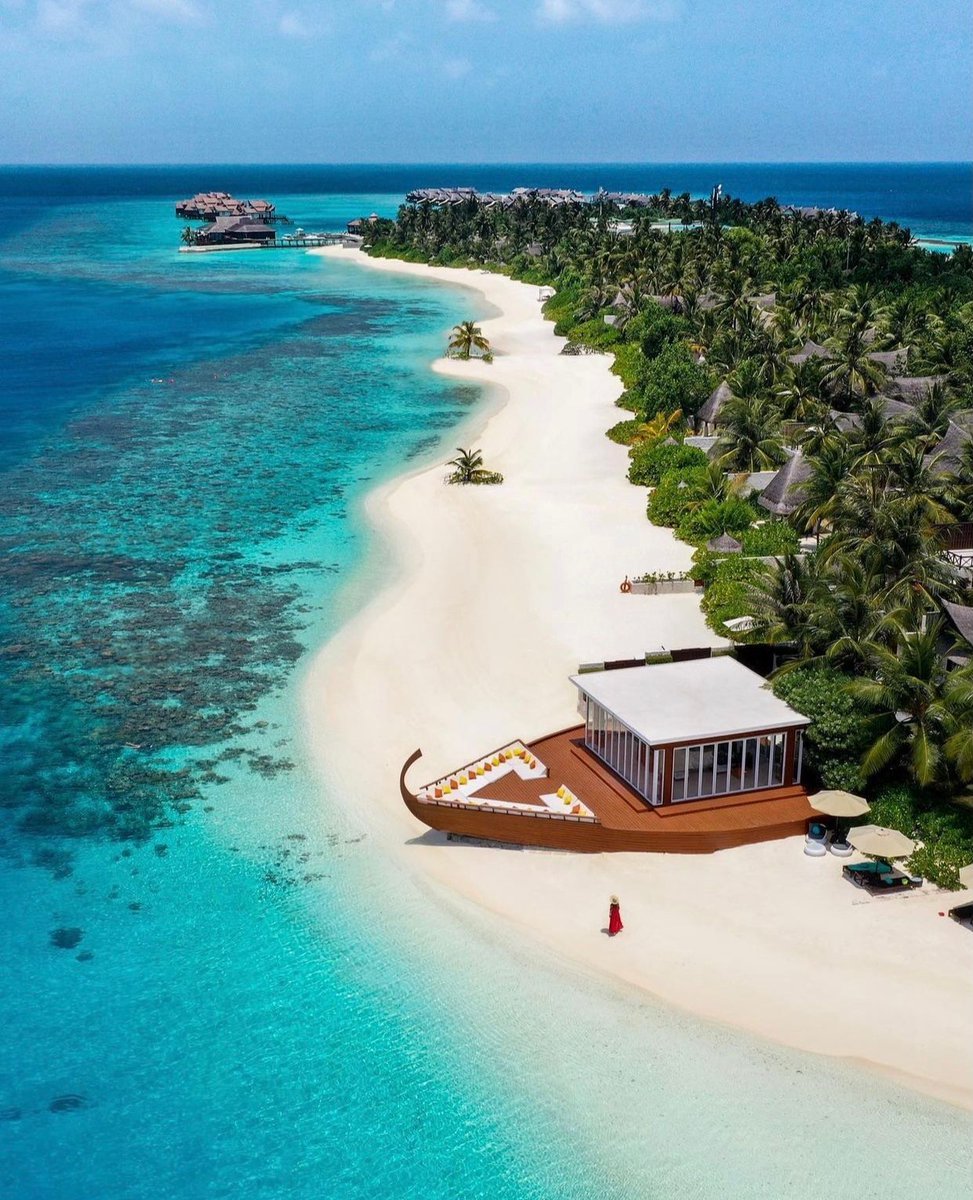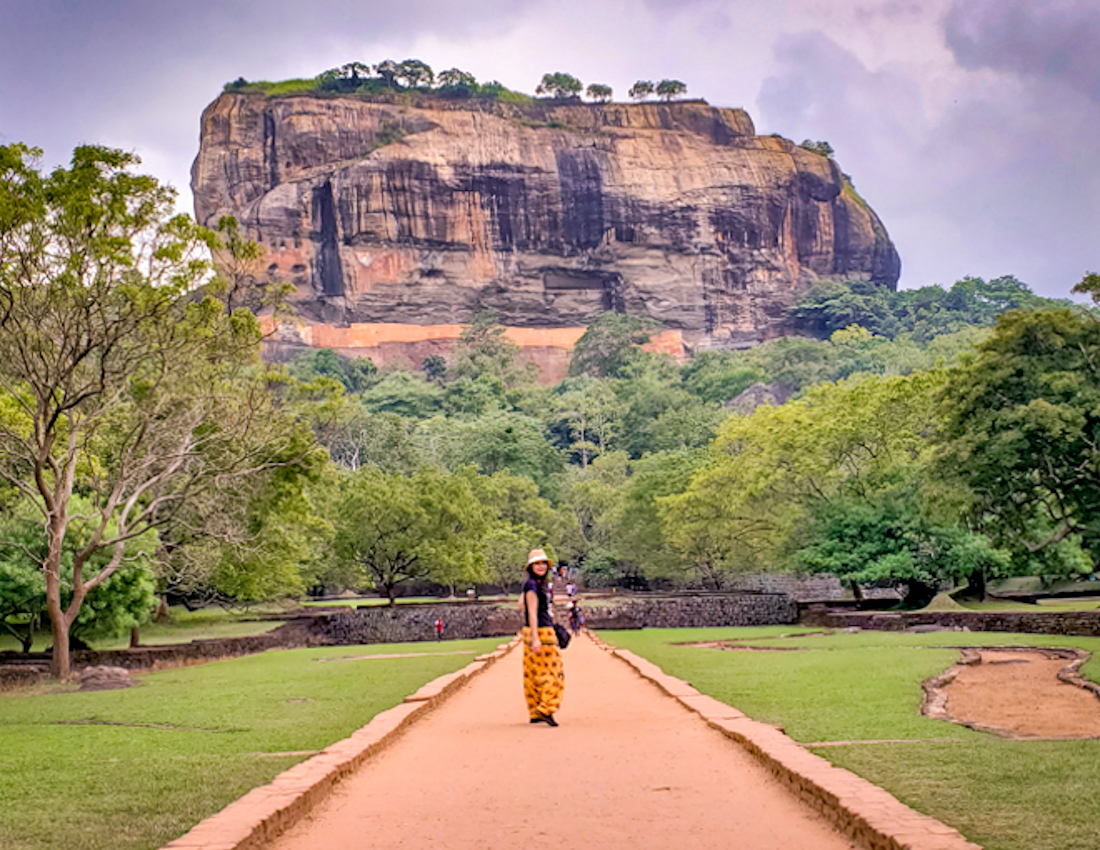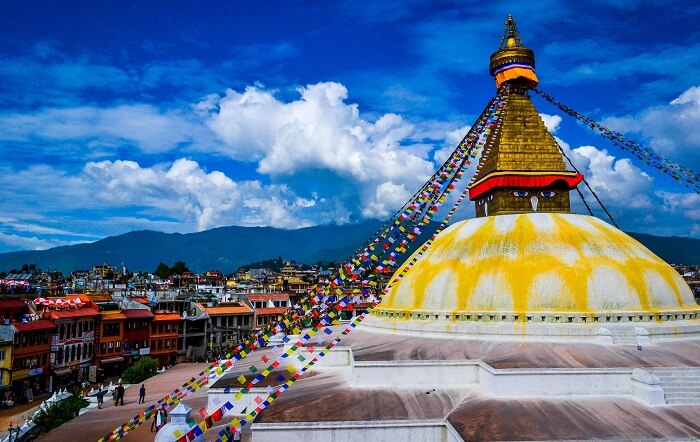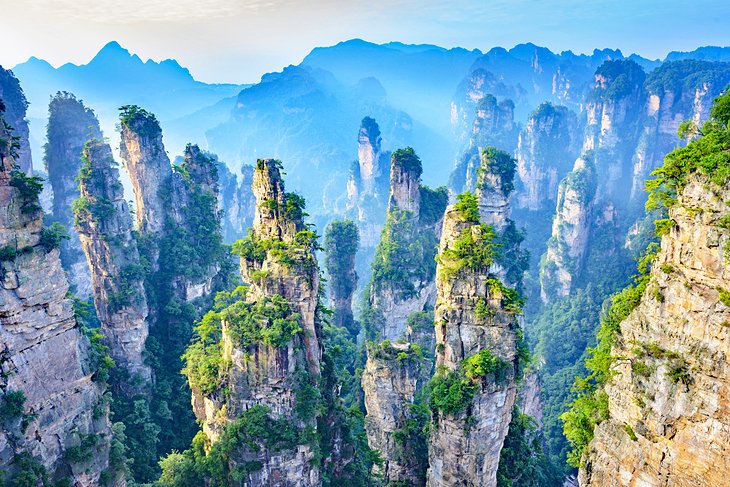
Fiji, an archipelago of over 300 islands nestled in the heart of the South Pacific, is a dream destination that captivates with its pristine beaches, vibrant coral reefs, lush rainforests, and the warm embrace of its culture. More than just a postcard-perfect tropical escape, Fiji boasts a fascinating history, a diverse range of activities, and a culinary scene that tantalizes the taste buds. Whether you’re seeking adventure, relaxation, or a deep dive into local traditions, Fiji offers an experience that will linger long after you’ve left its sun-drenched shores.
A Tapestry Woven Through Time: Fiji’s Rich History
Fiji’s story is as captivating as its landscapes. The islands were first settled by Melanesian peoples around 3,500 years ago, who brought with them agricultural practices and distinct cultural traditions. For centuries, Fiji remained relatively isolated, developing its unique societal structures and customs.
Related Articles about Fiji: A Tropical Paradise of Rich History, Breathtaking Beauty, and Unforgettable Adventures:
- Sweden: A Journey Through the Land of Midnight Sun and Northern Lights
- Iceland: A Land of Fire and Ice – Your Ultimate Travel Guide
- China: A Journey Through Time, Taste, and Grandeur
- Unveiling the Majesty of Peru: A Journey Through History, Culture, and Adventure
- Poland: A Journey Through History, Culture, and Unforgettable Landscapes
The arrival of European explorers in the 17th century marked a turning point. Dutch explorer Abel Tasman is credited with being the first European to sight the islands in 1643. However, it was the British who would ultimately exert the most influence. Missionaries arrived in the 19th century, seeking to convert the Fijian people to Christianity and playing a significant role in abolishing cannibalism, a practice that had been a part of some pre-colonial Fijian societies.
In 1874, Fiji was ceded to Great Britain, becoming a British Crown Colony. This period saw the introduction of large-scale sugar cane plantations, leading to the significant migration of indentured laborers from India. This Indian diaspora has profoundly shaped Fiji’s modern demographics and cultural landscape, contributing to its vibrant multicultural identity.
Fiji gained its independence on October 10, 1970, and has since navigated periods of both democratic governance and political instability. Today, it stands as a proud nation, cherishing its heritage while embracing a future of tourism and economic development. Understanding this history enriches the visitor experience, offering a deeper appreciation for the warmth and resilience of the Fijian people.
Unveiling Fiji’s Treasures: Top Things to Do
Fiji’s allure lies in its diverse offerings, catering to every kind of traveler. Here are some of the must-do experiences that define a Fijian adventure:
1. Dive into the Underwater Wonderland: Fiji is globally renowned as the "Soft Coral Capital of the World." The vibrant coral gardens teem with an astonishing array of marine life, from colorful reef fish and majestic manta rays to graceful sea turtles and even occasional sharks.
- The Great Astrolabe Reef: Located off the southern coast of Kadavu Island, this is one of the largest barrier reefs in the world and offers exceptional diving and snorkeling opportunities.
- Bligh Water: Between the Yasawa and Mamanuca Islands, this area is famous for its strong currents that attract pelagic species and schools of fish.
- Rainbow Reef: Off the northern coast of Vanua Levu, it’s a kaleidoscope of soft corals and diverse marine inhabitants.
2. Island Hopping and Beach Bliss: With over 300 islands, the possibilities for exploration are endless. Each island offers its own unique charm, from secluded coves to bustling resorts.
- Mamanuca Islands: Easily accessible from the main island of Viti Levu, this chain of islands is a quintessential Fiji experience with its iconic white-sand beaches, crystal-clear lagoons, and world-class surfing spots.
- Yasawa Islands: Further north, the Yasawa Islands offer a more remote and unspoiled paradise, known for their dramatic limestone cliffs, ancient caves, and opportunities for cultural immersion.
- Kadavu Island: For those seeking pristine nature and a more authentic experience, Kadavu is a haven for divers and nature lovers, boasting untouched rainforests and the magnificent Great Astrolabe Reef.
3. Embrace the Bula Spirit: Cultural Experiences: The "Bula" spirit, a warm and welcoming greeting, is central to Fijian culture. Engaging with the locals is a highlight of any trip.
- Visit a traditional Fijian village: Experience the heart of Fijian life by participating in a kava ceremony, watching a Meke (traditional song and dance performance), and learning about local customs. Many resorts offer organized village tours.
- Attend a Lovo feast: This traditional Fijian feast involves cooking food in an underground oven, resulting in delicious smoky flavors.
- Explore local markets: Immerse yourself in the vibrant atmosphere of local markets, where you can find fresh produce, handicrafts, and interact with friendly vendors.
4. Adventure on Land and Sea: Beyond the beaches, Fiji offers a thrilling array of activities.
- White-water rafting on the Upper Navua River: Navigate thrilling rapids through stunning gorge scenery, encountering cascading waterfalls and lush rainforest.
- Zip-lining through the rainforest canopy: Soar through the treetops for breathtaking views and an adrenaline rush.
- Hiking to waterfalls: Discover hidden waterfalls and enjoy refreshing swims in natural pools within the lush interior of the islands.
- Kayaking and paddleboarding: Explore calm lagoons and coastal areas at your own pace, enjoying the serene beauty of the islands.
- Surfing: Fiji is a world-renowned surf destination, with breaks like Cloudbreak (for experienced surfers) and various spots in the Mamanucas catering to different skill levels.
5. Discover the "Garden Island" of Taveuni: Known for its lush rainforests and abundant waterfalls, Taveuni is a nature lover’s paradise.
- Bouma National Heritage Park: Explore hiking trails leading to stunning waterfalls, including the Tavoro waterfalls.
- The Waitabu Marine Protected Area: Snorkel or dive in this vibrant marine sanctuary.
- The International Date Line: Stand with one foot in the past and the other in the future at the Meridian Line.
6. Explore the Interior of Viti Levu: While many visitors flock to the islands, the main island of Viti Levu offers diverse attractions.
- Suva: The bustling capital city, offering historical sites, markets, and museums.
- The Garden of the Sleeping Giant: A beautiful botanical garden showcasing a vast collection of orchids.
- The Sigatoka Sand Dunes National Park: Explore ancient burial sites and unique geological formations.
- The Coral Coast: A scenic stretch of coastline with resorts, villages, and opportunities for snorkeling and diving.
Navigating Your Fijian Escape: Travel Tips
To make your Fijian adventure as seamless and enjoyable as possible, consider these essential travel tips:
- Visa Requirements: Most nationalities receive a visa on arrival for stays up to 30 days. However, it’s always advisable to check the latest visa regulations with the Fijian immigration authorities before your trip.
- Currency: The Fijian Dollar (FJD) is the official currency. Credit cards are widely accepted in resorts and larger establishments, but it’s good to have some cash for local markets and smaller villages.
- Language: English is the official language and is widely spoken, especially in tourist areas. Fijian is also an official language, and you’ll hear it spoken by locals.
- Respect Local Customs: Fijians are incredibly hospitable. Dress modestly when visiting villages or attending religious ceremonies. Always ask permission before taking photographs of people. Participating in a kava ceremony is a sign of respect.
- Sun Protection: The Fijian sun is strong. Pack high SPF sunscreen, a wide-brimmed hat, sunglasses, and light, breathable clothing.
- Insect Repellent: Mosquitoes can be present, especially in the evenings. Pack a good quality insect repellent.
- Hydration: Drink plenty of bottled water to stay hydrated in the tropical climate.
- Tipping: Tipping is not customary in Fiji, but it is appreciated for exceptional service. A small gratuity can be given to tour guides, drivers, and hotel staff.
- Connectivity: Wi-Fi is available in most resorts, but it can be slow and expensive. Consider purchasing a local SIM card for more reliable and affordable internet access.
- Book in Advance: Especially during peak season, it’s advisable to book flights, accommodation, and popular tours in advance to secure your preferred options.
The Golden Window: Best Time to Visit Fiji
Fiji enjoys a tropical climate year-round, but the dry season, from May to October, is generally considered the best time to visit. During these months, you can expect:
- Lower Humidity: The air is drier, making it more comfortable for outdoor activities.
- Sunny Days: Expect plenty of sunshine with less rainfall.
- Pleasant Temperatures: Daytime temperatures typically range from 26°C to 30°C (79°F to 86°F).
- Calmer Seas: The ocean is generally calmer, ideal for diving, snorkeling, and boat trips.
The wet season, from November to April, brings higher humidity, increased rainfall (often in short, intense bursts), and a greater chance of cyclones. However, this period also offers:
- Lower Prices: Accommodation and flight deals can be more prevalent.
- Lush Greenery: The landscape is at its most vibrant after the rains.
- Fewer Crowds: You’ll encounter fewer tourists.
Shoulder seasons (April/May and October/November) can offer a good balance of pleasant weather and fewer crowds.
Sweet Dreams: Nearby Hotels
Fiji offers a vast spectrum of accommodation, from luxurious five-star resorts to charming boutique bungalows and budget-friendly guesthouses. The choice often depends on your desired island, budget, and the experience you’re seeking.
On Viti Levu:
- Luxury: The Sofitel Fiji Resort & Spa Denarau, The Westin Denarau Island Resort & Spa, InterContinental Fiji Golf Resort & Spa (Coral Coast).
- Mid-Range: Novotel Nadi, Mercure Nadi, Fiji Gateway Hotel.
- Budget: Nadi Bay Resort Hotel, Aquarius on the Beach.
In the Mamanuca and Yasawa Islands (often accessed by ferry or seaplane):
- Luxury: The Brando (private island), Likuliku Lagoon Resort (overwater bures), Yasawa Island Resort & Spa.
- Mid-Range: Castaway Island Fiji, Navini Island Resort, Blue Lagoon Cruises (for island hopping).
- Budget: Barefoot Manta Island Resort, Octopus Resort.
On other islands like the Coral Coast, Kadavu, and Taveuni:
- Accommodation tends to be more focused on eco-lodges, boutique resorts, and diving-centric properties, offering a more intimate and natural experience.
A Taste of Paradise: Local Food
Fijian cuisine is a delicious fusion of traditional Melanesian flavors, Indian influences, and a touch of international flair. Fresh, local ingredients are the stars of the show.
- Seafood: Given its island nature, seafood is abundant and incredibly fresh. Enjoy grilled fish, prawns, lobster, and tuna prepared in various ways.
- Dalo (Taro) and Cassava: These starchy root vegetables are staples in the Fijian diet and are often boiled, mashed, or fried.
- Kokoda: A Fijian ceviche, this dish features raw fish marinated in lime juice, coconut cream, and finely chopped vegetables. It’s a refreshing and flavorful treat.
- Lovo: As mentioned earlier, this traditional method of cooking food in an underground oven imparts a unique smoky flavor to meats, fish, and root vegetables.
- Curries: Due to the significant Indian population, curries are a popular and delicious part of Fijian cuisine. You’ll find a variety of meat, vegetable, and fish curries.
- Roti: A soft, unleavened flatbread, often served with curries or as a snack.
- Tropical Fruits: Indulge in an abundance of fresh tropical fruits like mangoes, papayas, pineapples, bananas, and passionfruit.
- Kava: While not strictly food, this traditional ceremonial drink made from the roots of the kava plant is an integral part of Fijian culture and an experience in itself. It has a mild sedative effect.
Getting Around Fiji: Transportation Options
Fiji offers various transportation options to explore its diverse islands:
- International Flights: Nadi International Airport (NAN) on Viti Levu is the main gateway to Fiji.
- Inter-Island Flights: Fiji Airways (formerly Air Pacific) operates domestic flights to major islands like Suva, Labasa, and Savusavu. Smaller charter flights are also available.
- Ferries and Catamarans: This is the most common and affordable way to travel between the main islands and to the outer island groups like the Mamanucas and Yasawas. Companies like South Sea Cruises operate regular services.
- Water Taxis and Speedboats: For shorter distances or more direct transfers between islands, water taxis and speedboats are available, though they are more expensive.
- Rental Cars: Available on Viti Levu, offering flexibility for exploring the main island. However, driving on smaller islands is generally not feasible or necessary.
- Taxis: Readily available in towns and at airports. Negotiate fares before starting your journey.
- Buses: A budget-friendly option for getting around Viti Levu, connecting towns and villages.
- Resort Transfers: Most resorts offer airport or ferry terminal transfers for their guests.
Fiji is more than just a tropical getaway; it’s an immersive experience that blends natural beauty with a rich cultural heritage. From the vibrant underwater world to the welcoming smiles of its people, Fiji promises an unforgettable journey that will leave you yearning to return to its shores. So pack your bags, embrace the "Bula" spirit, and prepare to be enchanted by this South Pacific gem.
